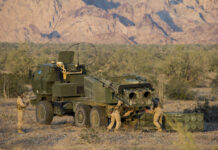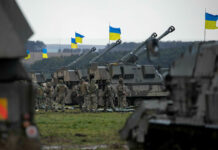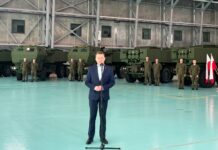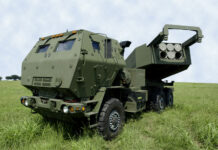Over the coming months, the bloodiest battles in Ukraine may not feature dramatic scenes starring American MQ-9 Reapers striking Russian T-90M tanks in Mariupol, nor a swarm of Iranian Shahed 136 drones (known as Geran-2 in Russian service) destroying a HIMARS battery positioned on the West bank of the Dnipro River. Instead, the battles with the greatest number of casualties may well consist of everyday Ukrainians with deteriorated immune systems fighting disease and exposure brought on by an ancient threat, which has often been a Russian ally: General Winter.
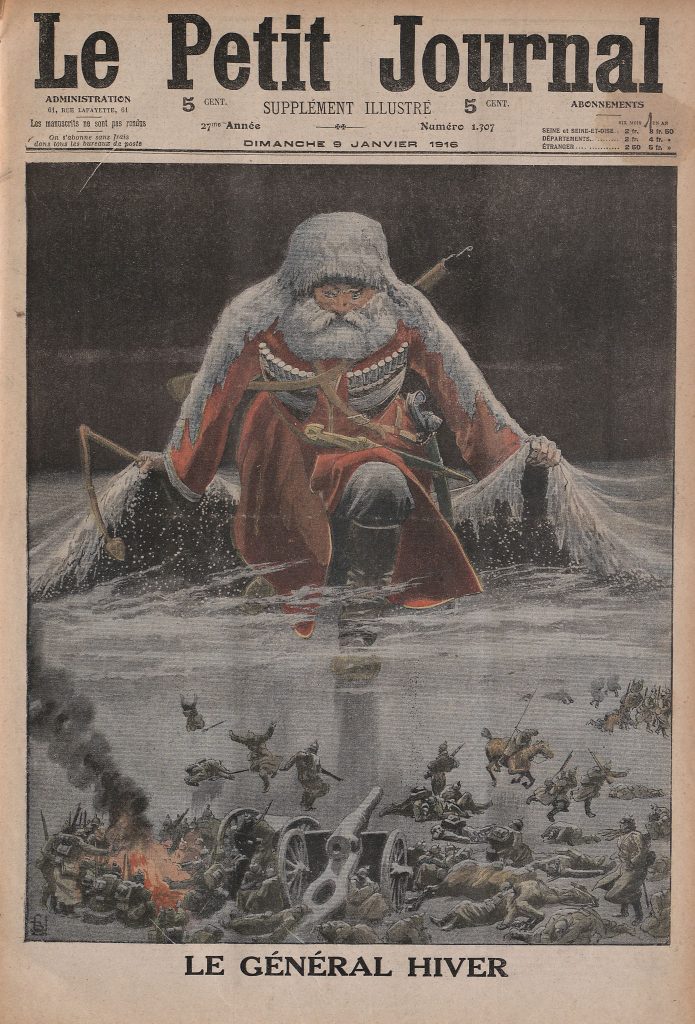
We’re already seeing signs of a potential alliance between Russia and the Winter season. Russia is engaging in a form of scorched earth tactics, using hundreds of cruise missiles to disrupt and destroy Ukrainian energy and fuel storage infrastructure, while recently withdrawn Russian forces wait in trenches on the eastern side of the Dnipro River. The potential future scenario created by these strikes is easy to imagine – with Ukrainian energy infrastructure out of commission, the temperature drops, and Winter steps in to finish the job for Russia. Cold, disease, and unsanitary living conditions caused by lack of power leads to increased attrition in the Ukrainian ranks, lowering the population’s morale and forcing either a mass exodus or a spike in civilian deaths. Russia, meanwhile, uses the lull to finish training and equipping conscripts, and to fix their dysfunctional logistics system. Come the March thaw, Russia finds itself facing off against an exhausted Ukraine populace instead of a well-prepared defender.
Western Weapons Versus Russian Weaponisation of Winter
It is true that Ukrainian long-range and heavy artillery positioned on the West bank of the river will also exact a toll on the Russians, who will be within range of GMLRS rockets used by the M142 HIMARS, M270 and MARS II weapons systems, as well as precision guided munitions such as the US 155mm Excalibur system or the German M2005 projectiles. Ukraine continues to threaten all ground lines of communication (GLOC) from Zaporizhzhya to Crimea, but the reality is that Ukraine’s lack of air and maritime superiority prevents them from decisively disrupting Russian interior lines. Likewise, partisan action has not proven decisive in interdicting these GLOCs; while Ukraine’s interdiction campaign in Kherson was successful, the geographical factors contributing to the campaign’s success are not applicable to the war as a whole. Even Crimea, disrupted as it was by the bombing attack against the Kerch bridge, cannot be appreciably isolated so long as Russia continues to hold its current gains.
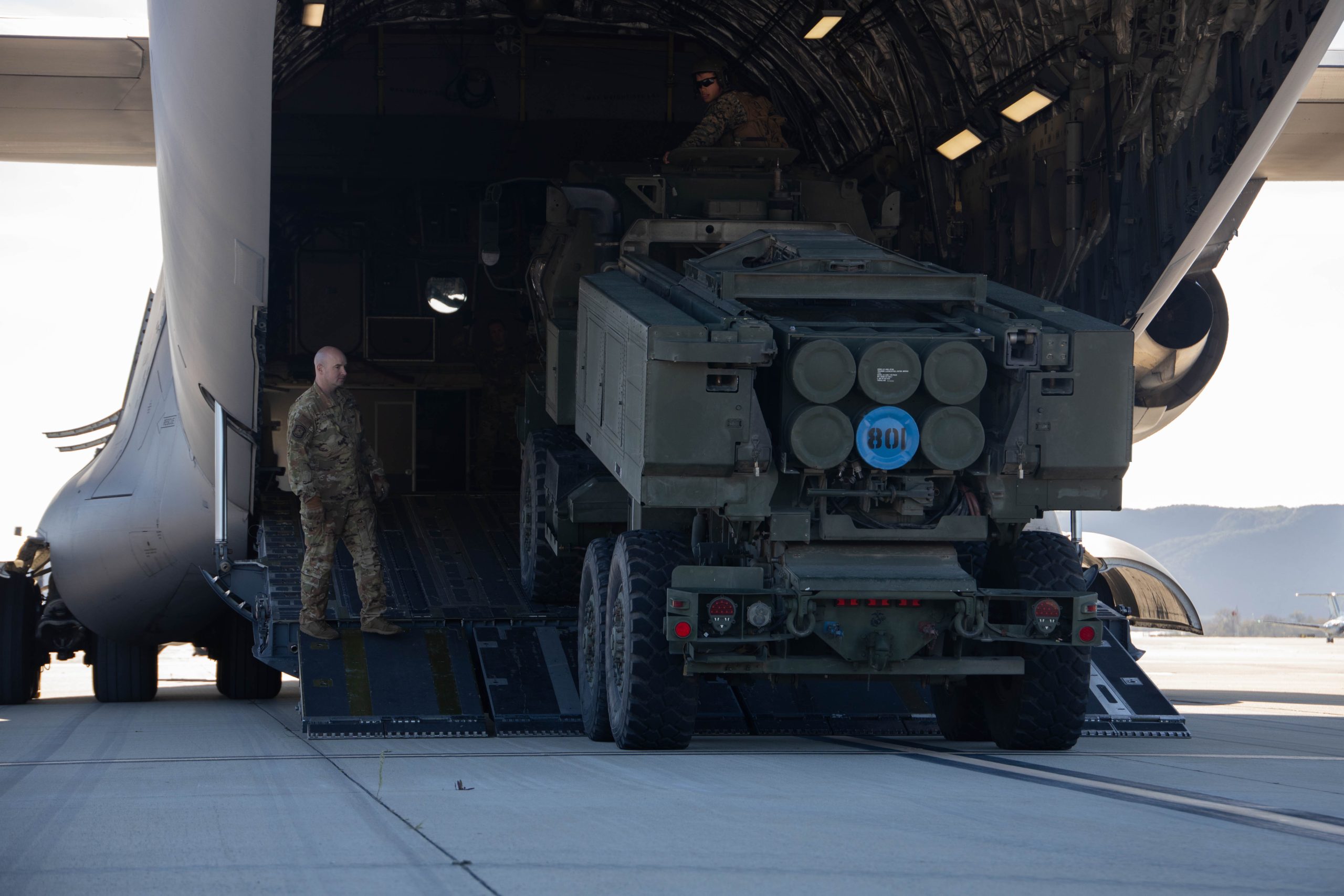
It is important to remember that Russia’s logistical problems to date are largely self-inflicted. While it may amuse some to see pictures of Russian conscripts armed with museum relics and rusted-out AK-47s, the reality is Russian GLOCs remain intact and western sanctions have largely failed to produce decisive short-term effects. Ukraine cannot repeat its interdiction campaign at an operational level outside of Kherson, and remains far more dependent on western economic aid to continue fighting than Vladimir Putin and Russia are.
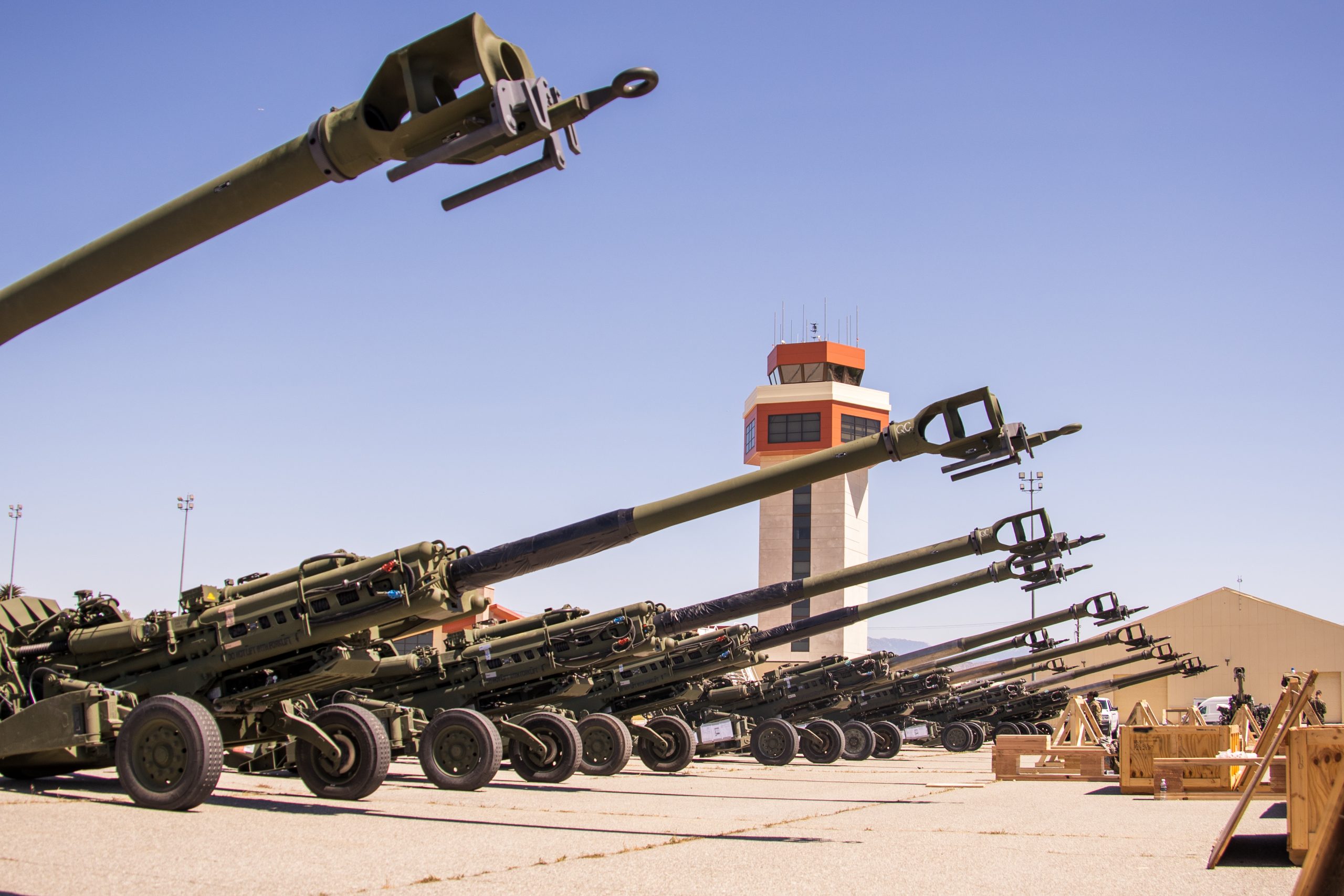
As the world’s COVID pandemic crisis has proven, fighting diseases can be as complicated as fighting Russian troops, and casualties can be even higher, as consistently demonstrated throughout military history. Ukraine needs not just air defence systems and extended-range artillery but also tons of coal, diesel and other petroleum-based fuels for new boilers and electricity generators, an organised network of campaign Role 2 and Role 3 military hospitals, food provisioning points, snowploughs, and a myriad of other basics. On 22 November 2022, Zelensky announced that 4,000 ‘Points of Invincibility’ – shelters which include heating, water, first aid and an internet connection – had already been established, and more were planned for Ukraine’s embattled civilians. The initiative is a good start, but such numbers may be insufficient in the possible scenario of a complete breakdown of the national energy system.
With the destruction of major crossing points over the Dnipro, the Ukrainian Army faces tremendous, perhaps insurmountable, challenges with establishing a bridgehead on the Eastern bank, especially given the lack of significant airborne transport capabilities. The river’s width near Kherson is between 600 m to 900 m, and further north it reaches 3 km wide. Moving Ukraine’s troops to a crossing northeast would take time and logistical effort during a traditionally difficult season to conduct military operations. Meanwhile on the eastern front, offensives on both sides continue to make marginal gains at a grinding pace. The growing reality of a prolonged positional war has highlighted the importance of even basic logistics and reminds us of one of the most important lessons learned in the two World Wars – the importance of resilient supply chains. Logistics is of such strategic relevance in the face of ‘general winter’ that neglecting supply chains for the most basic supplies could result in disaster and change the course of the war.
Strategic Supply Chains
The recent information campaign about a possible dirty bomb or use of tactical nuclear weapons may become an inadvertent cognitive smokescreen that prevents us from focusing on a much more probable and traditional enemy of countries that have militarily confronted Russia – winter.
The latest Russian attacks on thermal and hydroelectrical power plants, along with the regime’s block on nuclear power plants seized by Russian forces providing electricity to Ukraine are just the beginning. When we add increasing power cuts (or the total absence of electricity) due to Russian attacks, to the historical difficulties in transportation resulting from winter weather conditions, a significant portion of the troops and the general population could find themselves deprived not only of heating but also of basic necessities, especially drinking water, food preparation and some perishable goods.
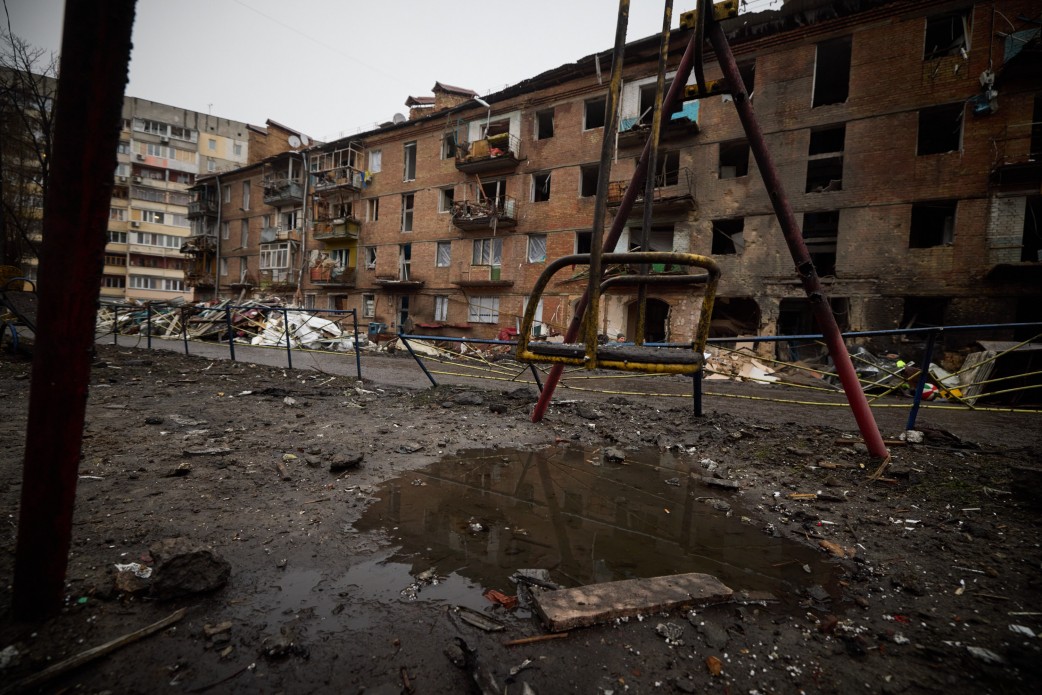
The Kremlin is accustomed to including winter in its war calculations; it’s a staple of a military strategy which is deeply ingrained in Russia as a whole. Russia has already used winter in its ‘art of war’ to defend itself in the past against the Swedish troops of Charles XII, Napoleon’s army, and Hitler’s Wehrmacht. Granted, winter is a mercurial mistress, and has not always been faithful to Russia, such as in the Winter War with Finland in 1939. Then, an unprepared and overconfident Red Army lost some 125,000 soldiers due to causes attributable to winter vice only 25,000 casualties on the Finnish side. Despite such losses, the end result was that the USSR ultimately succeeded in exacting territorial concessions from Finland.
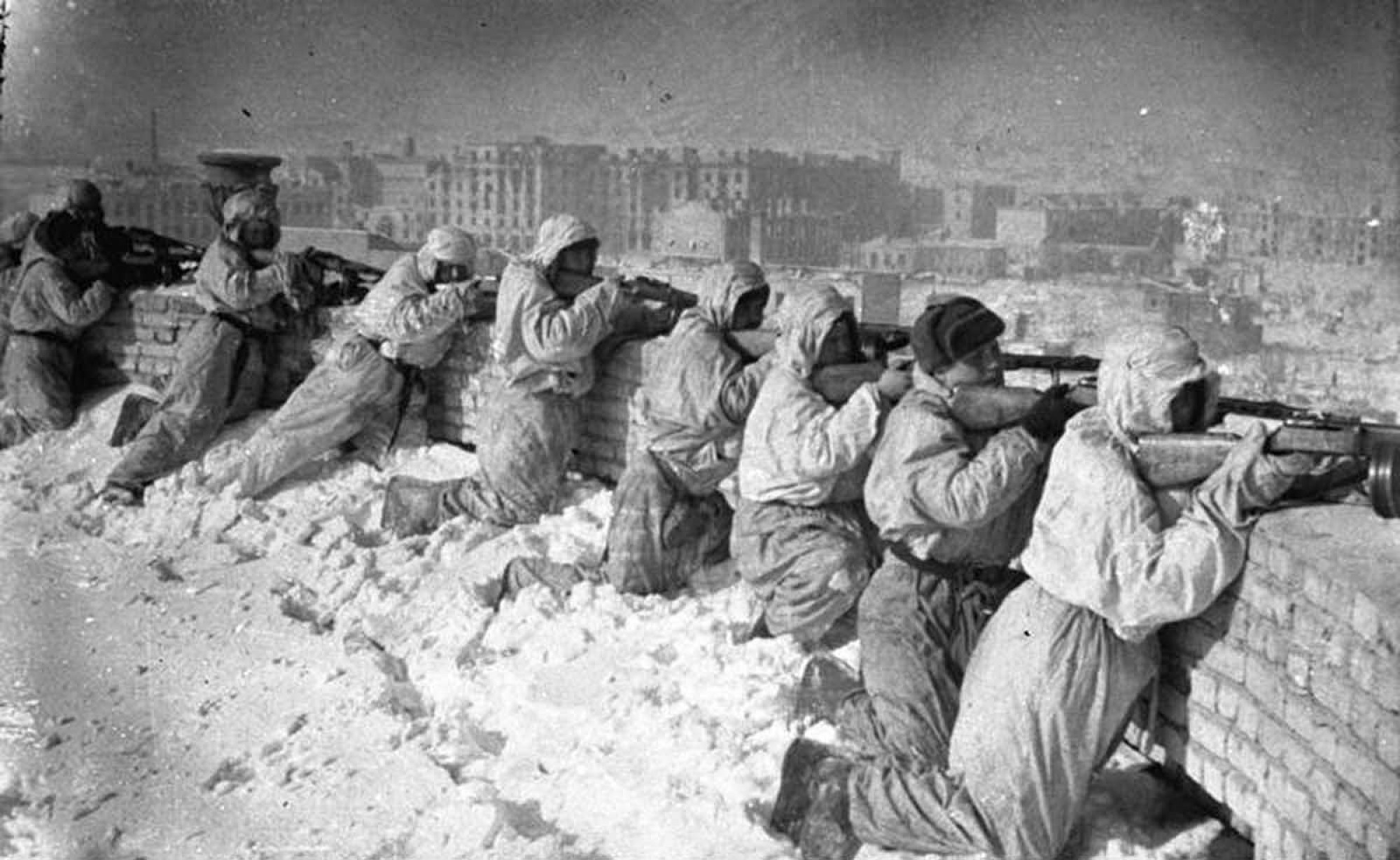
Credit: Red Army
What is unquestionable, however, is that winter is not a benign player in the War in Ukraine, and it will put supply lines at all echelons to the test. Theatre supply depots, warming centres, and strategic reserves of fuel and food are basic concepts of long-term military logistical planning, but both the knowledge and the capabilities to implement these concepts at scale within Europe have atrophied due to a lack of large-scale conflict. NATO members became comfortable with their own technological superiority and were convinced of the improbability of a future European conflict. Thanks to Western military and NGO support, Ukraine receives partial support for some of its logistical functions, military or otherwise. On the Russian side, military logistics functions are relatively free and unrestricted, with the main limitations being those imposed by its own mismanagement.
Ceasefire or Humanitarian Catastrophe
From a tactical point of view the most recent events show Ukraine to be tipping the balance in its favour, however, winter could still freeze any possibility of another short-term operational victory such as those resulting in the withdrawal of Russian troops from around Kiev, Kharkiv, or more recently Kherson. A fully mobilised and motivated population together with support from NATO countries that have provided modern weaponry, military intelligence and advice may not be enough in the face of winter if basic supply lines are not secured.
In a Russia where Putin’s loss of popularity is increasing at the same rate as his recruitment of young men for war, Putin needs a strategic turn to the conflict. In the short-term, few options can deliver the desired results. Nuclear weapons are often discussed, and are largely considered an improbable albeit game-changing option. Winter, too, is a risk that Putin hopes to exacerbate through his current missile strikes. Yet Russia could potentially employ more exotic methods to augment these strikes. Cyberattacks against infrastructure remain a threat, and as seen with the 2021 Colonial Pipeline ransomware attack, need not target hardened government or military networks, but rather vulnerable commercial entities.
There is an additional potential threat which is as dangerous as it is little-known (both due to its lack of use to date, and the secrecy of its technology): non-nuclear electromagnetic pulse (NNEMP) weapons. To be clear, the effects of such weapons would look nothing like their Hollywood portrayals, nor have their dramatic effects. However, as discussed for decades and even observed with natural EMP phenomena, the smaller effects which can be feasibly produced by NNEMP weapons can cause outsized damage to electrical grids, especially in hard-to-replace items such as transformers. The effects of their use in any major city are easy to imagine: gridlocked traffic, transformer stations disabled, military and civilian communication systems disrupted, hospitals with non-functioning electrical devices, the list goes on. When combined with worldwide oil supply issues, survivability measures such as backup generators will be hard-pressed to maintain essential services until cities can effect repairs.
Putin, born in St. Petersburg (formerly Leningrad), is keenly aware of the role winter can play in warfare, and has likely been counting on the arrival of General Winter. The effects of winter conditions on vehicular movement and manoeuvre can be severe, as any soldier who has operated on icy roads, or in blinding snow and fog could tell you. The effect on a population perhaps even more so – for instance, the Wehrmacht’s Siege of Leningrad lasted for 900 days, during which 1.5 million people died, 97% of them from cold and hunger. It is not an exaggeration to say that Russia is engaging in a loose siege of sorts, exacerbating the damages caused by winter by deliberately targeting energy and sanitation infrastructure, whether by its current cruise missile barrages or by more exotic means. All this can tip the balance in Russia’s favour without provoking a NATO or nuclear response.
For all these reasons, Ukraine, despite scoring tactical victories, may be close to suffering a strategic setback. Winter is coming to a Ukraine that is dependent on its European and American allies, who face their own spectres of elections, populism, debt crisis, inflation, and the energy crisis, among others. The EU, with a population accustomed to decades of prosperity and peace within its borders, currently faces serious energy problems and high inflation. Consequently, it is beginning to raise its voice in favour of a diplomatic solution to the war. Germany is taking the initiative by visiting Xi Jinping and asking him to mediate with Russia, while Hungary has refused to approve a major EU economic aid package for Ukraine.
Support in the USA is also becoming uncertain. The Chairman of the Joint Chiefs of Staff, General Milley, has already made public allusions to Ukraine needing to find a diplomatic solution to an intractable conflict. Support for Ukraine remains a strong bipartisan issue, but growing discontent regarding inflation and supply chain shortages will provide inroads for isolationist movements within both the Republican and Democratic parties to reduce or block further aid to Ukraine. This aid represents more than half of the total received by Kiev and the largest aid package deployed since the Cold War. In the event of this support drying up, the EU is unlikely to pick up the slack. Rumours have been growing in recent days that the US government is advising Zelensky to sit down and negotiate with the Kremlin. In the absence of mutual recognition of territories by both sides, the only hope is a cease-fire, in the eyes of many influential political and military figures.
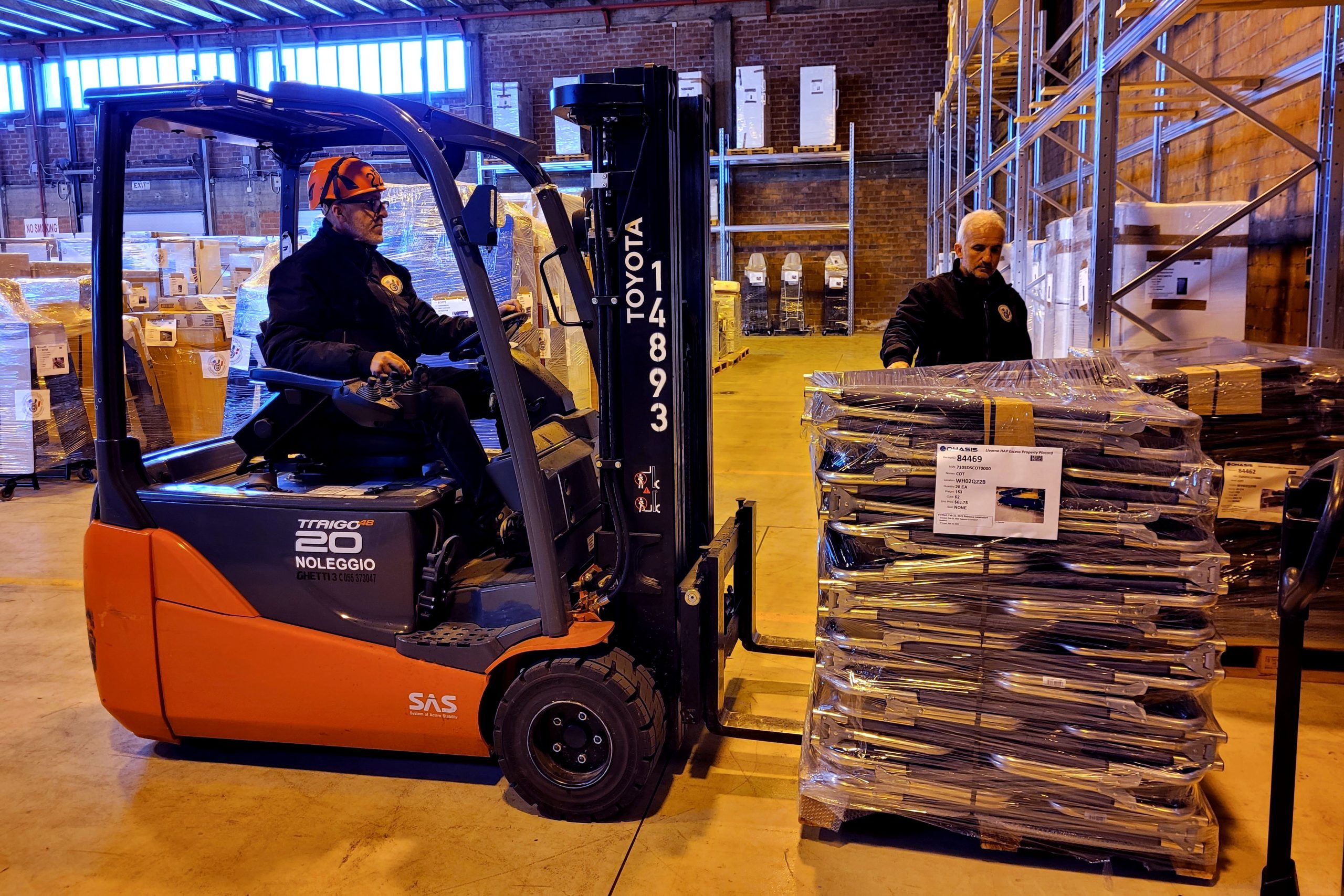
With the arrival of winter, the stones in the shoes of Western citizens could make them forget that many people in Ukraine are walking barefoot, and thus fail to provide logistical support that will be more necessary than ever. Kherson is an easy target from the eastern bank of the Dnieper and without water, electricity, or even fuel it becomes part of an expanding Ukrainian scorched earth where winter survival is not feasible. During the months of December, January and February, average temperatures do not exceed -2 °C on average. Urban residential structures often lack the old basements with provisions and the wood or coal-burning stoves and braziers that provide older rural houses with a low-tech alternative to central heating. Without gas and electricity, flats turn cold, and cities become breeding grounds for germs, with their denser populations and greater dependence on functioning sanitation systems.
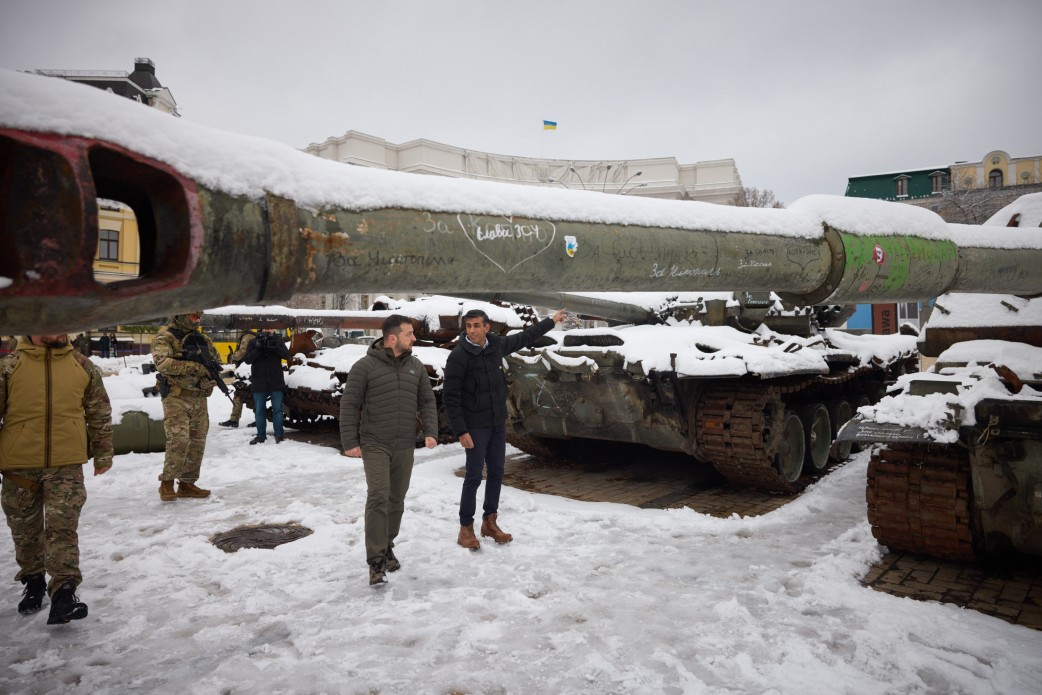
Weighing the Options
What are Ukraine and the West to do in this situation? The best solution would be to shore up the EU and NATO’s resolve and continue, if not strengthen, economic and military support to Ukraine. Unfortunately, the West has likely irretrievably lost the domestic messaging initiative to populists. Major governments have failed to build a compelling narrative and underlying internal economic assistance to steel their citizens against the economic hardships such support causes. In contrast with the efforts governments made in World War II (who similarly had to deal with economic hardship due to the Great Depression), today’s administrations have been reluctant to take measures that would cause significant economic disruption. The result has been an anaemic messaging campaign that fails to convince the average citizen of the importance of this conflict, leaving the information domain ripe for exploitation by populist movements on both sides of the political spectrum. We are already seeing governments losing momentum and enthusiasm, regaining it will be a daunting task.

All of this puts Ukraine at a crossroads. Faced with the risk of not being able to ensure adequate supply lines due to insufficient military logistics, the growing uncertainty of Western support and Russia’s growing attacks on energy infrastructure, President Zelensky may have no choice but to sit down and negotiate with Russia. Otherwise, General Winter may once again take centre-stage in the war, taking down a large part of the Ukrainian troops and civilian population with him, and generating a tragedy of dimensions not seen in Europe in the last 60 years.
Authors:
Lieutenant Colonel (LtCol) Juan Manuel Chomón Pérez is a pilot in the Spanish Air Force with 12 years of extensive international experience in France, Netherlands, Germany, Italy, Djibouti, Mauritania and Afghanistan. He is a graduate of the Bundeswehr’s Joint General/Admiral Staff Course and has a Master’s degree in Military Leadership and International Security.
Major (MAJ) Craig Hymel is a US Army infantry officer who has served in various tactical positions throughout Germany, Poland, and the Baltics. He is a graduate of the Bundeswehr’s Joint General/Admiral Staff Course and has a Master’s degree in Military Leadership and International Security.




